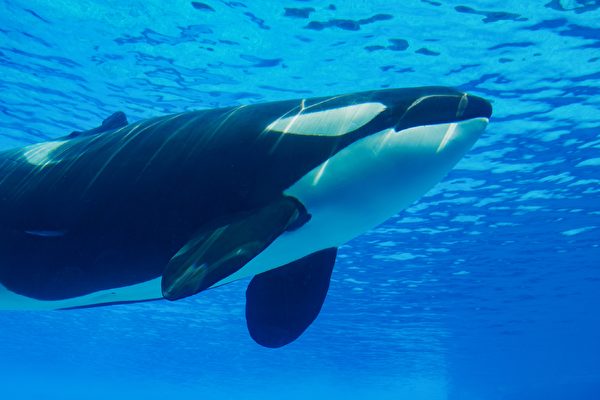Recent unmanned underwater vehicle (UUV) prototypes named “Ghost Shark” and “Manta Ray” have been unveiled in Australia and the United States respectively, amidst increasing expansion by the Chinese Communist Party, aiming to assist the navies in safeguarding the underwater world.
According to CNN, when Australia introduced the “Ghost Shark” prototype last month, it was hailed as “the world’s most advanced underwater autonomous submarine.”
The use of drones in aerial combat is common. Aerial and surface drones are often controlled through satellites, light waves, and radio waves. However, the same methods cannot be directly applied in the deep sea.
A study published in the Swiss journal “Sensors” in 2023 pointed out that underwater communication requires more energy, and data loss is prevalent due to variables such as water temperature, salinity, and depth.
The Australian Department of Defense stated that “Ghost Shark” will provide the navy with stealthy long-range autonomous underwater operational capabilities, capable of continuous intelligence, surveillance, reconnaissance (ISR), and strikes. The first batch of production models is expected to be delivered by the end of next year.
Australian officials and manufacturer Anduril Australia mentioned that the project started only two years ago.
Researcher Emma Salisbury from the UK think tank Geopolitical Strategy Council remarked that “Ghost Shark” bears a resemblance to the U.S. development of the “Orca” large-scale unmanned underwater vehicle.
In a press release from the U.S. Navy in December last year regarding the delivery of the first “Orca” test platform (an early prototype), the Boeing-manufactured “Orca” UUV was described as “the most advanced autonomous diesel-electric submarine, with modular effective payload sections capable of executing various missions.”
Chris Brose, Chief Strategy Officer of Anduril, stated that the company and Australia are demonstrating how these capabilities can be established quicker, cheaper, and smarter.
Salisbury mentioned that China, labelled by the U.S. military as a “synchronized threat” in the Pacific region, is also developing unmanned underwater vehicles.
She stated, “Although details are scarce, like most Chinese capabilities, they have been in development for at least 15 years and likely now have testing capabilities similar to the ‘Orca’ (but with torpedoes).”
Moreover, on the other side of the Pacific, “Orca” is not the only unmanned underwater vehicle being developed by the U.S.
The latest U.S. unmanned underwater vehicle project is Northrop Grumman’s “Manta Ray,” with its prototype undergoing testing in waters near Southern California in February and March.
The Defense Advanced Research Projects Agency (DARPA), responsible for developing new technologies, mentioned that the key advantage of “Manta Ray” lies in its modularity, allowing for the switching of effective payloads based on missions.
The prototype is manufactured in Maryland and then reassembled on the California coast.
Kyle Woerner, project manager of DARPA’s “Manta Ray” initiative, stated in a press release from the organization, “Integrating transoceanic modular transport, on-site assembly, and subsequent deployment demonstrates the pioneering capability of large UUVs.”
The press release from DARPA mentioned, “DARPA is in contact with the U.S. Navy regarding the next testing phase and transition of this technology.”

